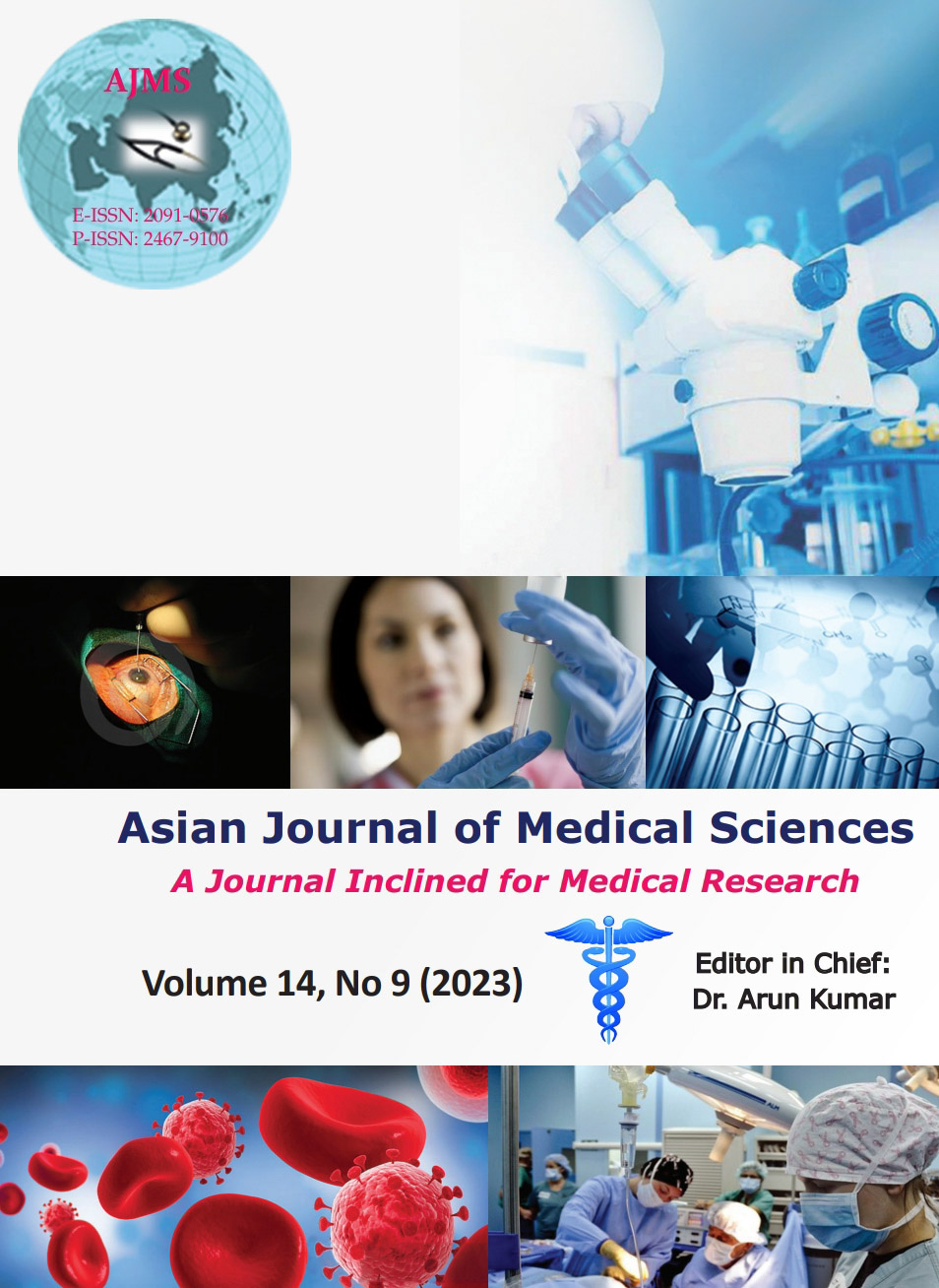Clinical profile of newly diagnosed leprosy patients with special references to deformities and disabilities
Keywords:
Newly diagnosed leprosy patients; Deformities; Disability; WHO disability gradingAbstract
Background: After leprosy was declared eliminated as a public health problem in India on December 2005, the focus has shifted to the prevention of disability and deformities. This indirectly measures the effectiveness of health education and awareness.
Aims and Objectives: This study was conducted to assess the clinical profile and different patterns of disabilities and deformities among newly diagnosed leprosy patients.
Materials and Methods: A cross-sectional study was conducted for a period of 1 year on newly diagnosed leprosy patients attending a tertiary care hospital in Kerala. 32 patients included in the study were examined and disabilities observed were graded using WHO disability grading system. The variables are mentioned as numbers and percentages.
Results: 50% of the subjects had different grades of deformity/disability (6.25% had Grade 1 disability while 43.75% had Grade 2 disability). The mean duration of disease in patients with and without deformities was 44.19 and 20.5 months, respectively, which was statistically significant (P=0.025). A positive family history of Hansen’s disease was present among 5 (15.63%) patients. The different disability/deformity observed were ulcers, scars, muscle weakness, and redness of eyes. Feet were the most commonly affected site.
Conclusion: Proper health education and awareness activities that will promote early recognition of symptoms and reporting are crucial to decrease deformities.
Downloads
Downloads
Published
How to Cite
Issue
Section
License
Copyright (c) 2023 Asian Journal of Medical Sciences

This work is licensed under a Creative Commons Attribution-NonCommercial 4.0 International License.
Authors who publish with this journal agree to the following terms:
- The journal holds copyright and publishes the work under a Creative Commons CC-BY-NC license that permits use, distribution and reprduction in any medium, provided the original work is properly cited and is not used for commercial purposes. The journal should be recognised as the original publisher of this work.
- Authors are able to enter into separate, additional contractual arrangements for the non-exclusive distribution of the journal's published version of the work (e.g., post it to an institutional repository or publish it in a book), with an acknowledgement of its initial publication in this journal.
- Authors are permitted and encouraged to post their work online (e.g., in institutional repositories or on their website) prior to and during the submission process, as it can lead to productive exchanges, as well as earlier and greater citation of published work (See The Effect of Open Access).




